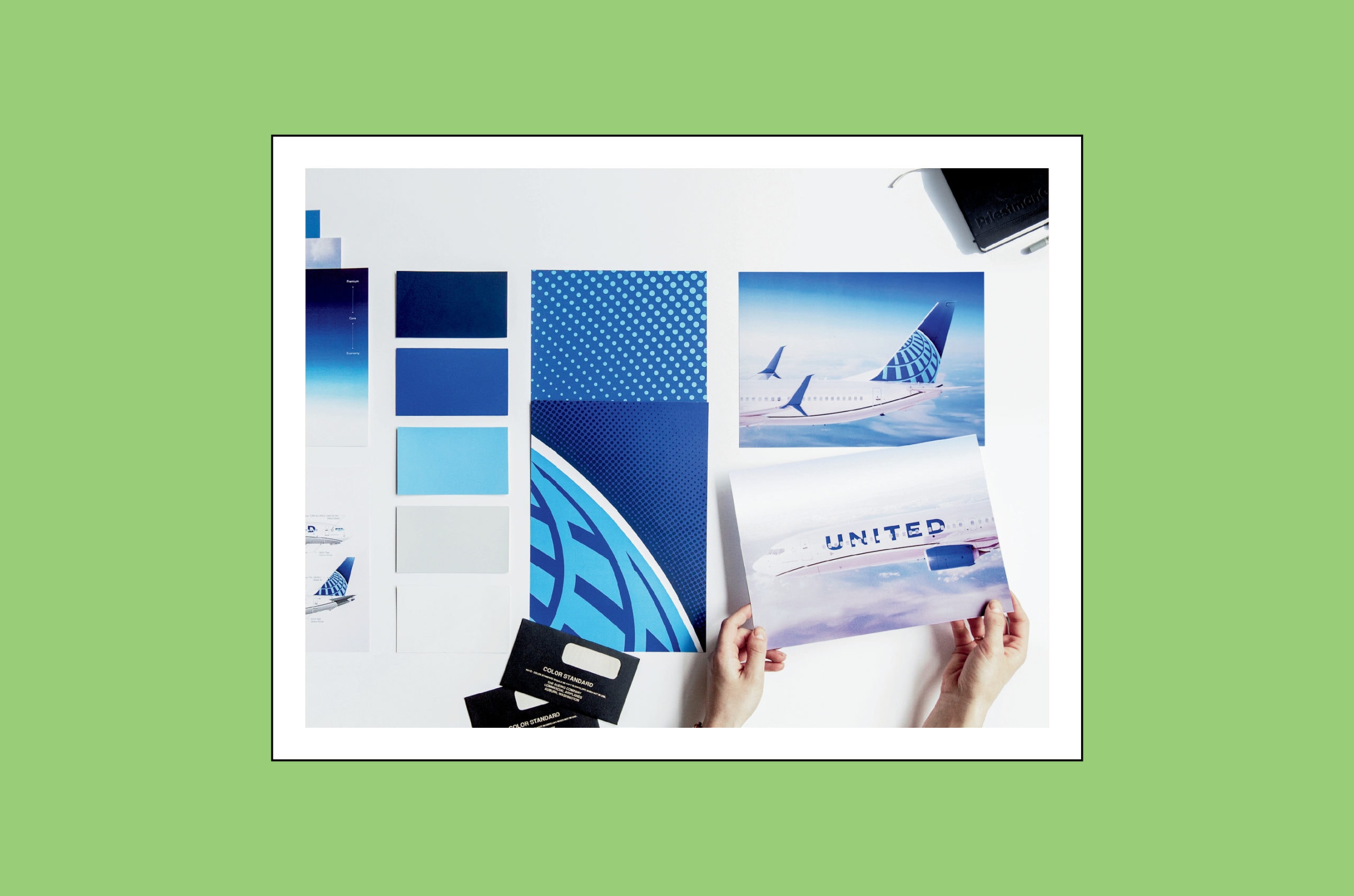PriestmanGoode on the Pivot From Designing Products to Large-Scale Experiences
Share

In It Takes Ten, leaders from 10 of the industry’s top design houses share their thoughts on the creative process, sources of inspiration and the many diverging strategies that guide their work. In this section, Priestmangoode delves into all the little details.
When Paul Priestman and Nigel Goode opened their studio 31 years ago, PriestmanGoode was billed as a product design company. Their early designs included a cooker for Belling, an instant print camera for Fisher-Price, a radiator for Bisque and a flip video mobile phone for Orange.
They’ve since pivoted to devising larger-scale experiences, like those for hotel, retail and aircraft environments, but their focus hasn’t strayed. “When you look at large spaces like that, it’s as much about the big picture as it is about the small details. That user-centric approach, which is so crucial to product design, has remained at the heart of all our work,” says Goode, co-founder and director at the firm.
As he sees it, rather than diluting the details, wide-ranging projects draw their importance into even sharper relief: “The more comprehensive the project, the more you want that attention to detail,” he says. This much is obvious in PriestmanGoode’s recent work with Aegean Airlines – for which it defined a new brand identity, livery and cabin interiors, using Greece’s culture and landscape as a launchpad – and, in 2012, with United Airlines, a major turning point for the studio, which hadn’t until then been involved in a contract as extensive. “It’s the first project where we worked over a long period of time and affected every single aspect of the customer journey.”

PriestmanGoode developed United’s Polaris business class, designed the cabin interiors across every class and every aircraft, and executed the design of lounges, ground services, livery, logo and branding. No detail was too small, Goode insists: “Coordinated wayfinding, colors, logos, patterns on the ground and in the air – all of these details play an important role in ensuring an experience is consistent and intuitive.”
Another favorite for Goode when it comes to design detailing is Swiss International Air Lines’ (SWISS) Boeing 777-300ER, overhauled in 2015, which features light oak wood on tables, bulkheads and lavatory cupboards; a Matterhorn print on the front bulkhead, alluding to Switzerland’s legendary peaks; and an illuminated welcome panel consistent with the ones found in the airline’s lounges at Zurich airport. “It’s a master class in precision and craftsmanship, and expertly represents what SWISS stands for as a brand,” Goode says.
As for PriestmanGoode’s background in product design? It still comes in handy. The company recently released a biodegradable economy meal tray and, in collaboration with Schott, a touch-controlled reading light with a cover entirely made of glass. Both products are in the running for this year’s Crystal Cabin Award.
“It Takes Ten” was originally published in the 10.2 April/May issue of APEX Experience magazine.


